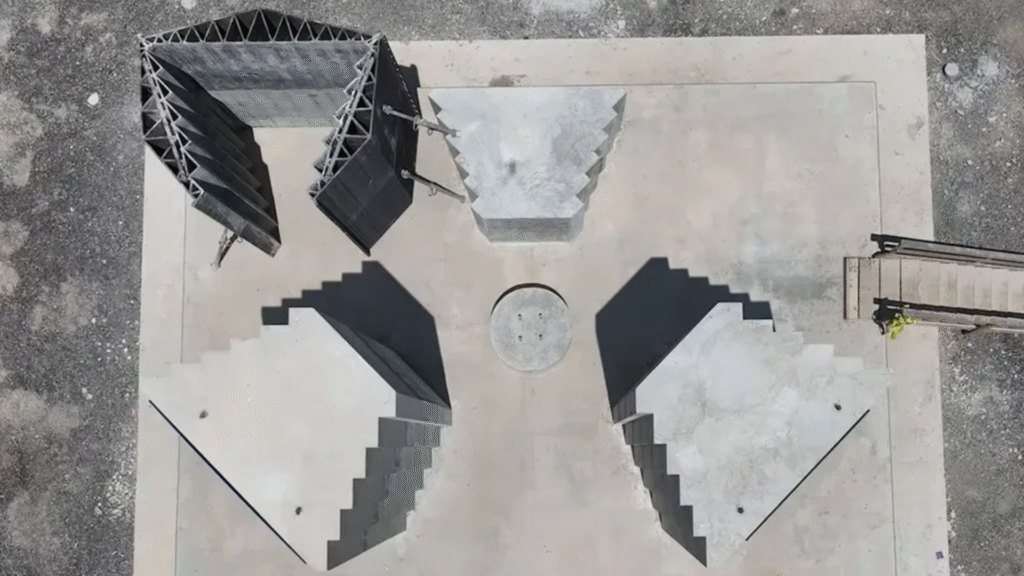- 3D printers built complex concrete parts faster, yet long-term durability remains largely untested
- Oak Ridge finished reactor shielding in days, raising speed-versus-safety debates across the industry
- Advanced construction methods rely more on software, reducing labor yet increasing system dependence
In East Tennessee, a 3D printer arm has been used to build concrete shielding columns for a nuclear reactor.
The work is part of the Hermes Low-Power Demonstration Reactor project, supported by the US Department of Energy, and marks a new direction in how nuclear infrastructure is built, with both 3D printing and AI tools playing major roles.
And according to Oak Ridge National Laboratory (ORNL), large parts of the construction were completed in just 14 days, which could have taken several weeks using conventional methods.
Efficiency gains clash with engineering caution
The new method uses 3D printers to create detailed molds for casting concrete, even in complex shapes, with the goal of making construction faster, cheaper, and more flexible while relying more on US-based materials and labor.
AI tools also played a role in the project, as ORNL used the technology to guide parts of the design and building process.
These tools may help reduce human error and speed up work, especially when creating difficult or unique parts, but depending heavily on AI also raises questions. How can builders be sure these systems won’t make unnoticed mistakes? Who checks the decisions that are automated?
The project is also a response to rising energy demands – as AI systems and data centers use more power, nuclear energy is seen as a stable source to support them.
Some experts say that future AI tools may end up running on power from reactors they helped design, a feedback loop that could be both efficient and risky.
The use of 3D printing in this project makes it possible to build precise structures faster.
Still, it’s not yet clear how well these 3D-printed parts will hold up over time.
Nuclear reactors need to last for decades, and failure in any part of the structure could be dangerous. Testing and quality checks must keep up with the speed of new building methods.
For now, 3D printing and AI seem to offer powerful tools for the nuclear industry.
But while faster construction is a major benefit, safety must remain the top concern – this “new era” may bring improvements, but it will need close attention and caution at every step.
Via Toms Hardware

